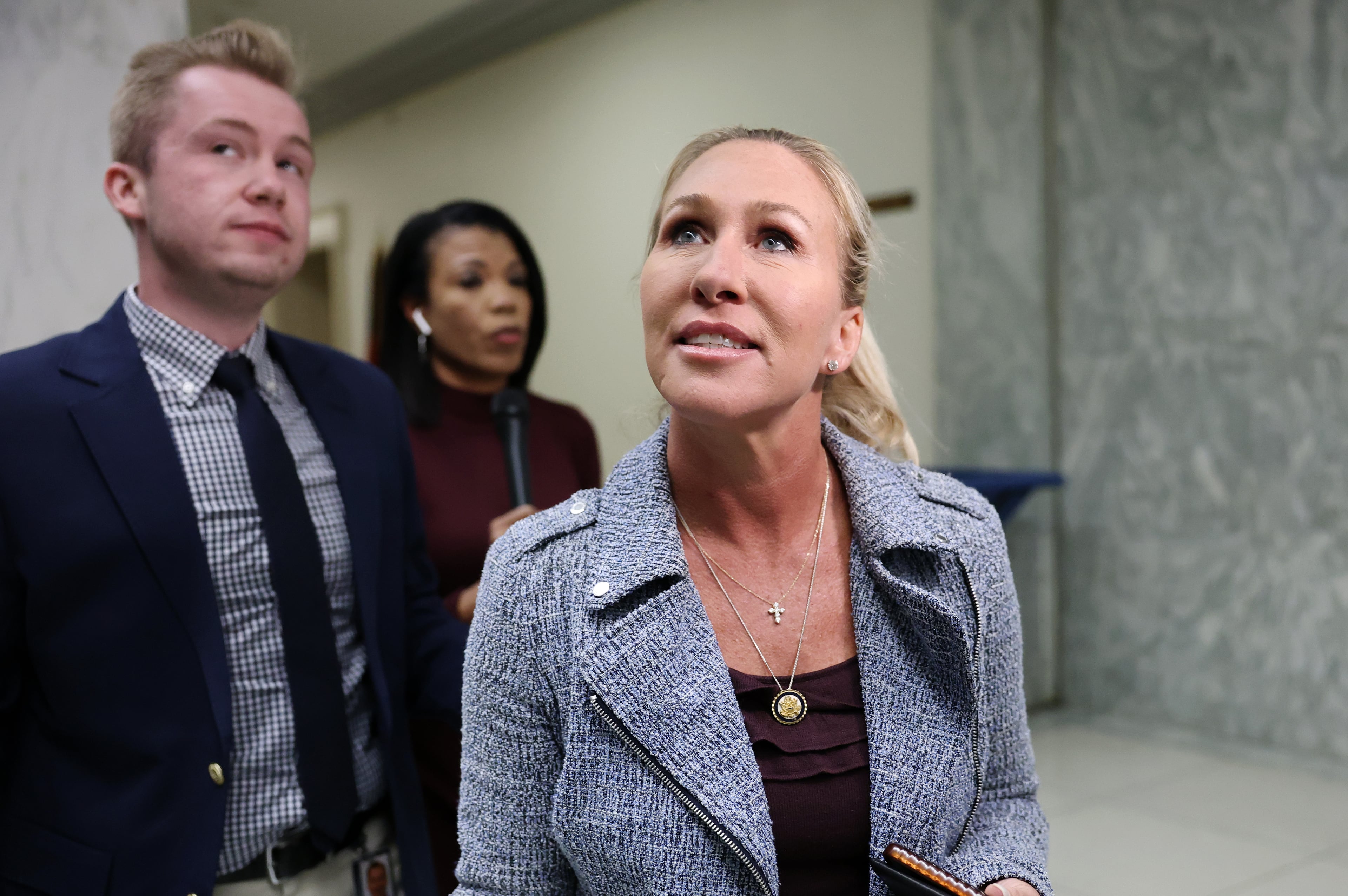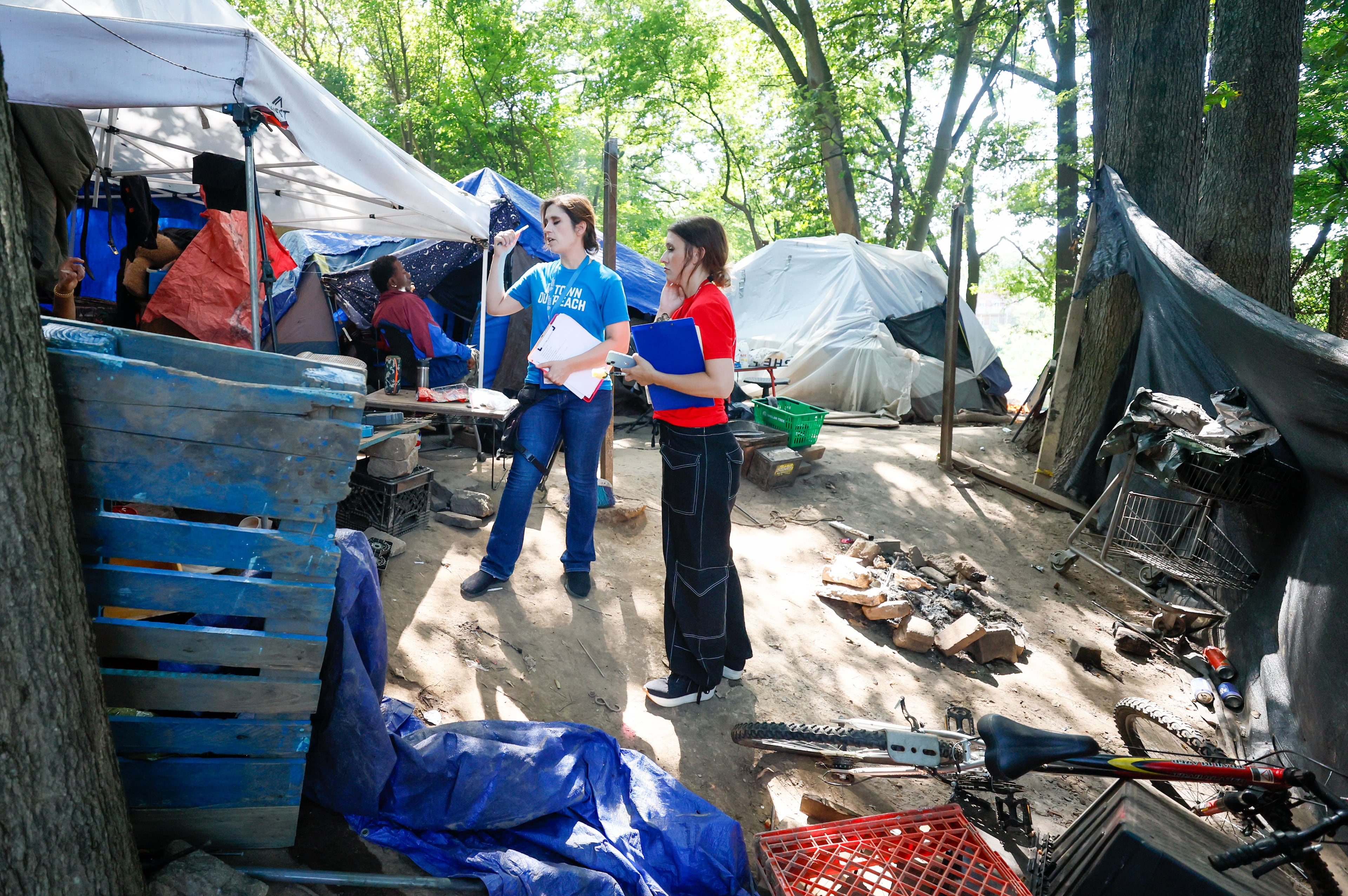Saving Sapelo: Can a historic Black community stay above the waves?
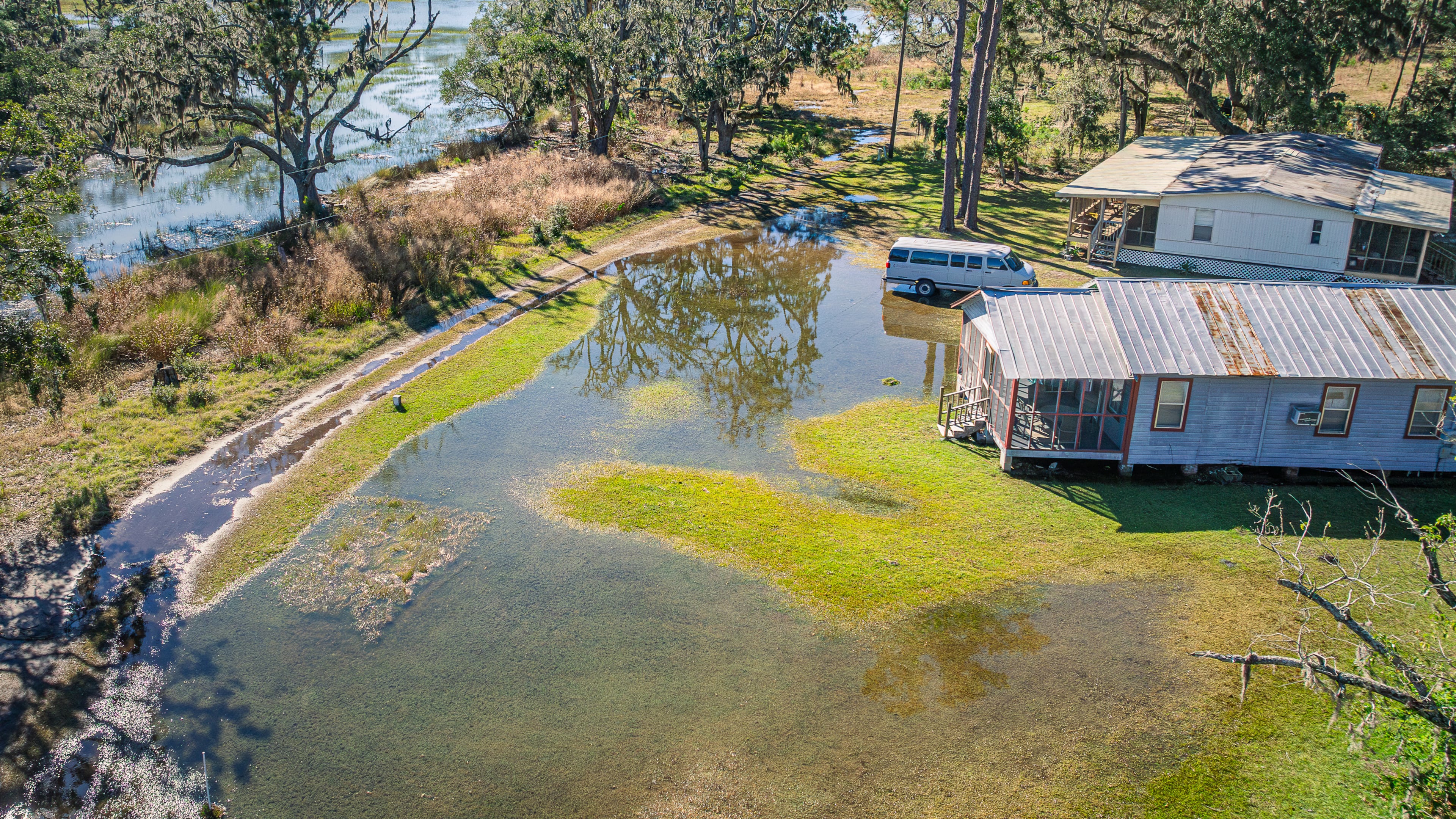
HOGG HUMMOCK — With the sun peeking over Sapelo Island‘s ancient live oaks, Maurice Bailey stepped through the morning dew on a brisk Saturday.
Stitched on the front of his hat were the words, “I am Sapelo.” It’s a message that seems to define his life and his work.
Bailey owns a country store, one of the only shops on this remote island off the Georgia coast. He leads a cultural preservation nonprofit, Save Our Legacy Ourself, farming sugar cane, Geechee red peas, indigo and other crops his ancestors have grown here for generations.
But lately, new threats to Hogg Hummock — one of the country’s last remaining communities of Gullah Geechee people, the descendants of enslaved people brought to the coast from West Africa — have emerged.
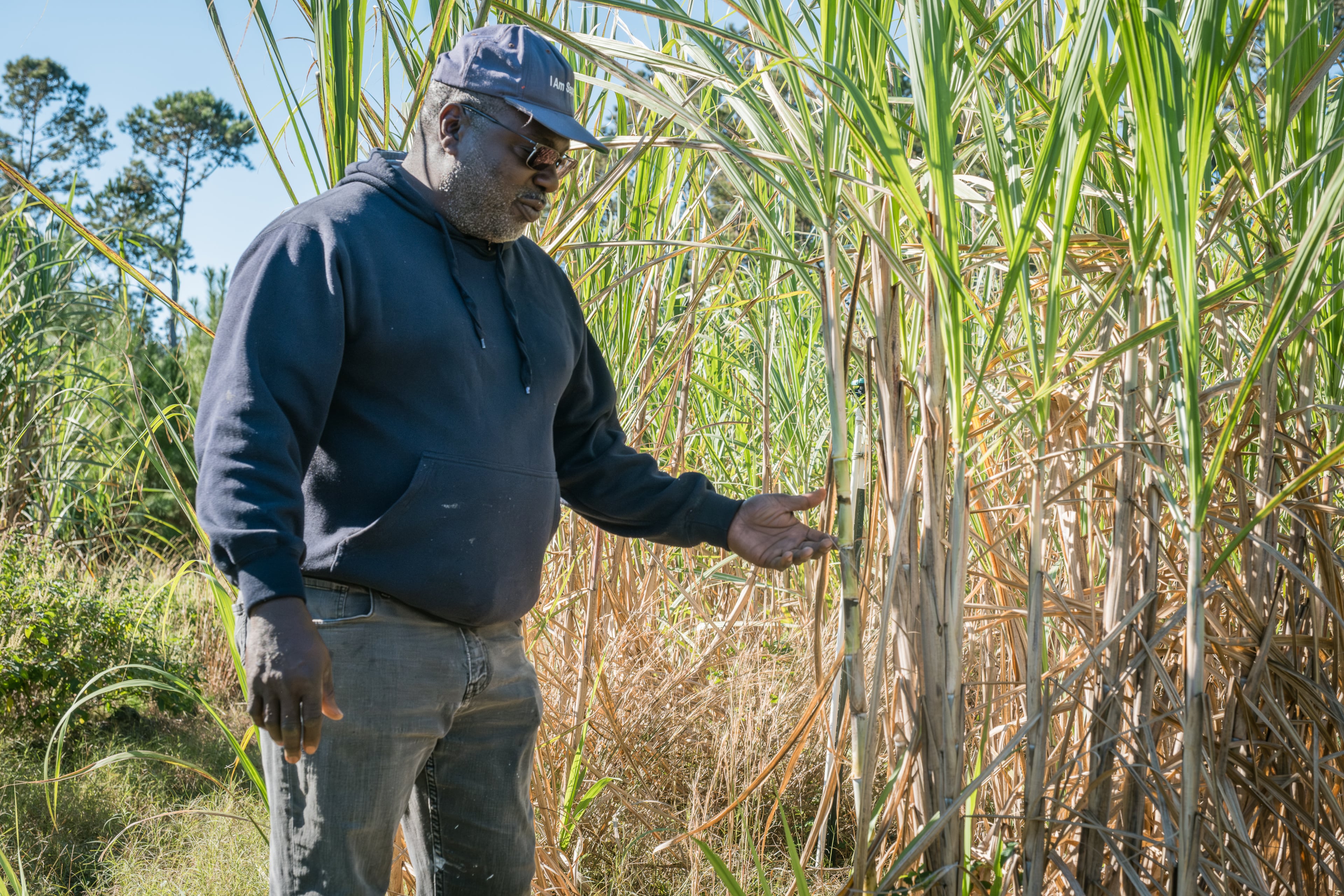
A bruising rezoning fight that could allow larger vacation homes to be built in the community has sparked fears that longtime residents could be pushed out. Last year, a tragic incident on the island, about 70 miles south of Savannah, claimed the lives of seven people.
But perhaps the biggest threat facing Hogg Hummock — sometimes spelled Hog Hammock or Hogg Hammock — comes from the water that surrounds it. Climate change is quickening the pace of sea level rise that threatens to submerge parts of the island.
On this fall Saturday, the skies above Sapelo were clear, but water was pooling along the foundation of St. Luke Baptist Church, a historical place of worship that opened its doors in 1884. A nearby field sat almost completely submerged. Inside the community of Hogg Hummock, water encroached on the doorsteps of many modest homes.
As a child coming to St. Luke, Bailey, now 56, said this was not the norm.
“We didn’t have flooding unless there was an actual hurricane coming,” he said.
Low-lying barrier islands like Sapelo have always been vulnerable to storms, but this kind of “sunny day” flooding has become an increasingly common and disruptive phenomenon on the coast.
The reality — largely a result of human-caused climate change — is forcing communities up and down the East Coast to adapt. With its meager infrastructure, few are as vulnerable as Hogg Hummock.
A new federally funded partnership between University of Georgia researchers, Bailey’s SOLO, and the Athens-based group Shell to Shore, offers the community a ray of hope. By leaning on the island‘s rich ecology — and the Gullah Geechee people’s intimate knowledge of their land — scientists are hopeful they can keep Hogg Hummock above the waves.
Last year, the National Oceanic and Atmospheric Administration awarded the initiative a three year, $2.8 million grant to investigate nature-based strategies to protect the historical community in the era of rising seas.
The researchers, UGA geography professor Nik Heynen and engineering professor C. Brock Woodson, are exploring a range of options, including restoring oyster reefs and improving the island‘s maze of drainage ditches that date back to the time of slavery.
So far, the federal funds remain available for the project, though the Trump administration has taken aim at many climate programs.
Woodson says there’s no cure-all for the island‘s flooding problems, but he’s hopeful the project’s “holistic” approach will produce results.
“You’re building in a multilayer defense … that might allow a little flooding but will buffer some of the more intense, catastrophic events,” he said.
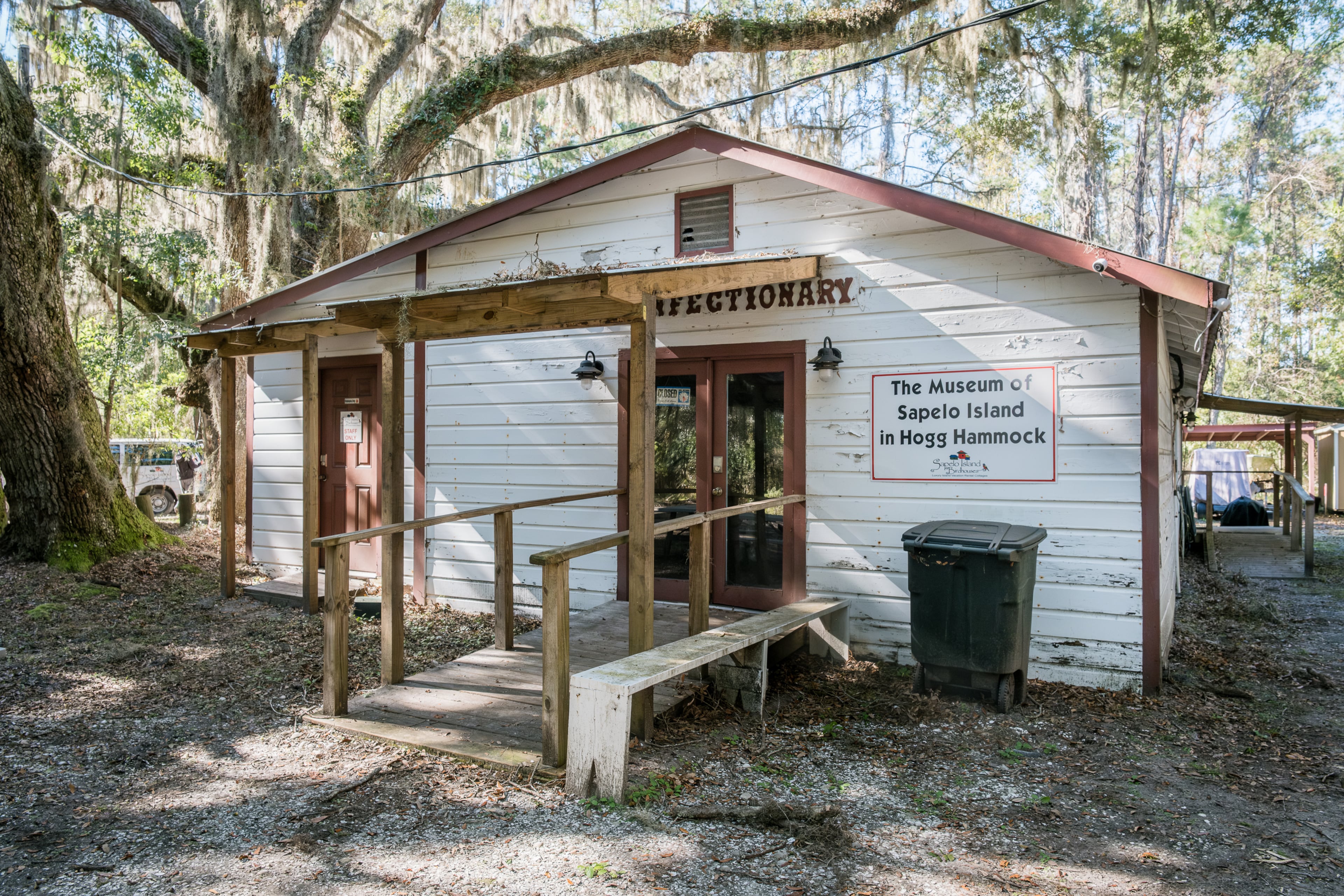
A `skeleton’ of its past self
Sitting near the middle of Georgia‘s 100-mile coast, Sapelo is the state’s fourth-largest barrier island, but one of its least-developed.
The island is reachable only by boat. Of its 16,500 acres, almost all are owned by the state, maintained as a wildlife management area and national estuarine research reserve.
Water is encroaching on Sapelo, and the reasons extend far beyond the remote island.
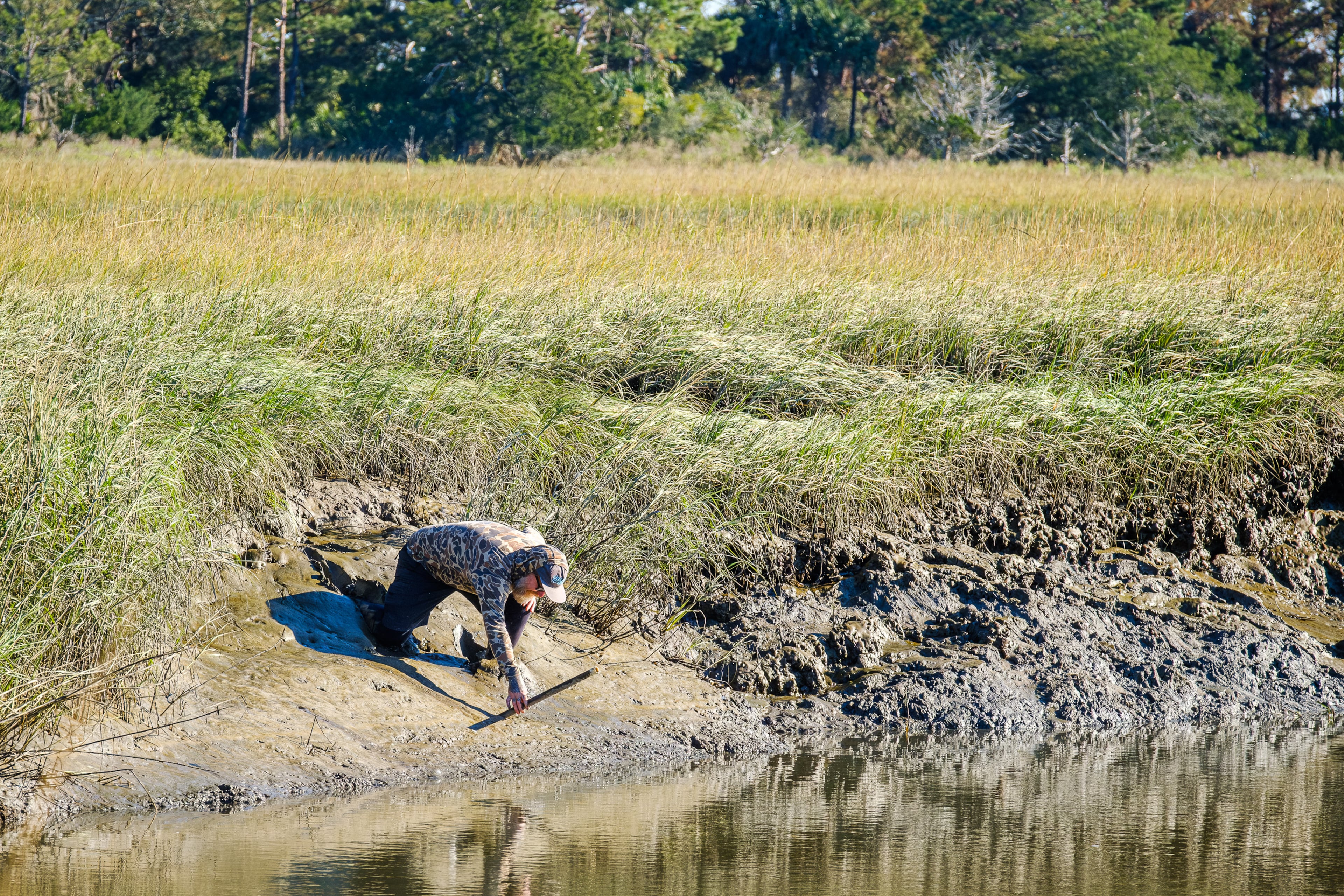
Sea levels along Georgia‘s coast are rising at some of the fastest rates on Earth, a 2023 study using NOAA and NASA data found, an unfortunate consequence of ocean circulation patterns and land subsidence.
But much of the increase can be blamed on climate change. Rising temperatures are melting glaciers and ice sheets around the globe, adding freshwater to the oceans and raising sea levels. Higher ocean temperatures also cause water to expand, exacerbating the problem.
For scientists, Sapelo‘s unspoiled marshes, pine forests and rich archaeological sites are a living laboratory to study what Georgia‘s coast looked like before vacation homes and golf courses took hold. For visitors, Sapelo‘s wide beaches and wild terrain offer a chance to reconnect with the natural world.
For Bailey and other direct descendants of enslaved people brought from West Africa and forced to work on Sapelo‘s plantations, their distinctive art, food and spiritual traditions are inseparable from the land.
“There’s no culture without land,” Bailey said.
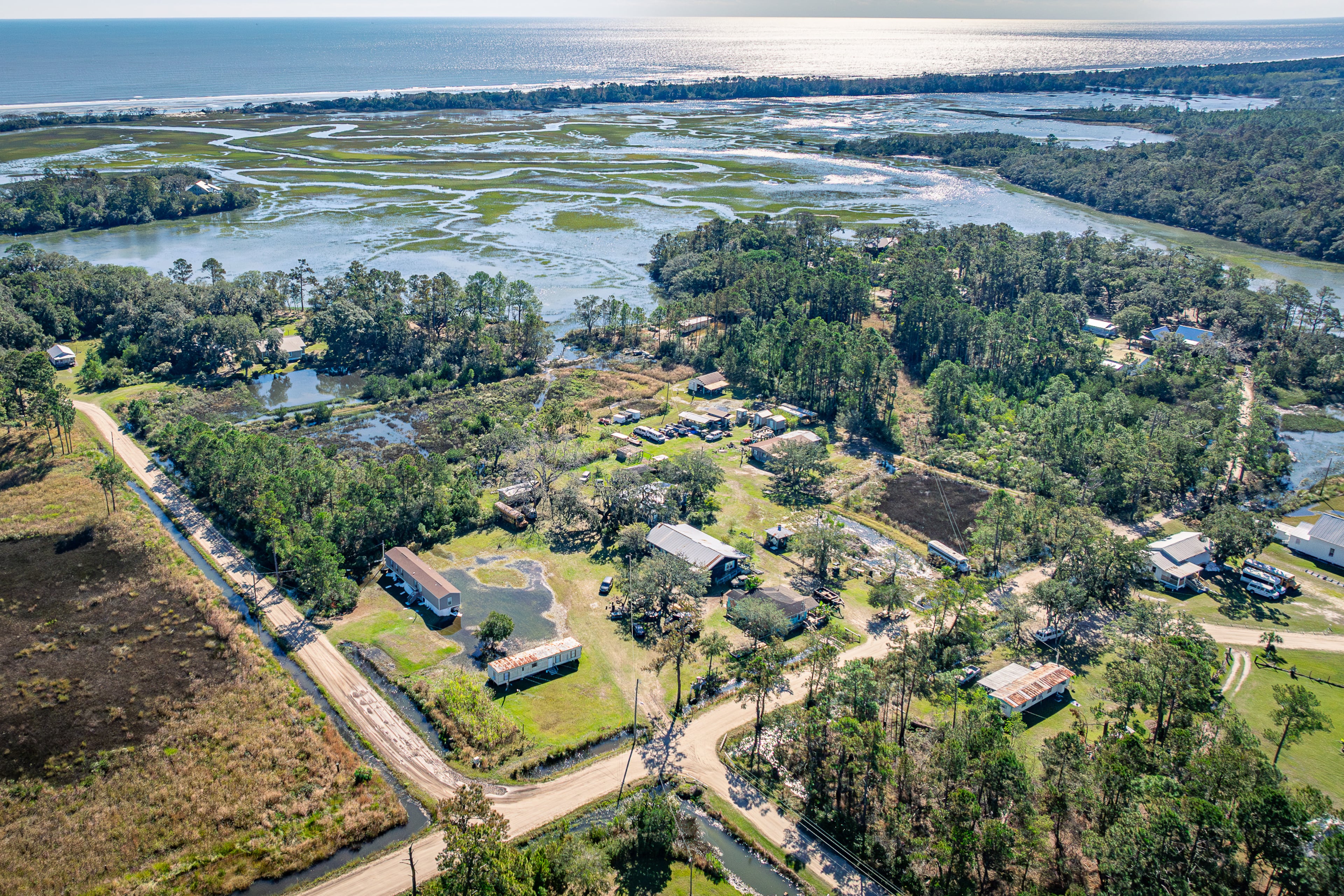
Over the decades, however, many Gullah Geechee communities have disappeared. Development pressures, tax increases and the lure of jobs in big cities have pushed many to leave.
As rising seas claim more land, Hogg Hummock‘s population is shrinking, too.
Today, there are only about 40 full-time residents on Sapelo, including Bailey, who estimates just 28 of those are descendants. Less than half the property in Hogg Hummock is now owned by Gullah Geechee.
John Walker, who lived on the island from age 6 to 23, said the community is a “skeleton” of what it used to be when he was growing up.
Walker spent years living in Savannah and Mississippi, but recently moved back to McIntosh County, just a short boat ride away from Sapelo. His goal is to buy property on the island and move back there soon, hopefully in the next five years. A father himself now, Walker wants his son to learn to fish, make homemade nets and weave traditional sweetgrass baskets, just as he did as a child.
“But for now,” he said, “I’m just happy to be a lot closer to home.”
Bivalve buffers
Oysters are a jack-of-all-trades for coastal ecosystems.
They serve as natural water filters, removing algae and excess nutrients. Their colonies provide habitat for other aquatic species and vegetation. And over time, the reefs oysters form can absorb wave energy, shielding shorelines from storm surge and erosion.
But oysters can also be fickle. Disease, temperature fluctuations and inconsistent water flow can doom the creatures. Indeed, many oyster reefs that once flanked Sapelo have deteriorated or disappeared.
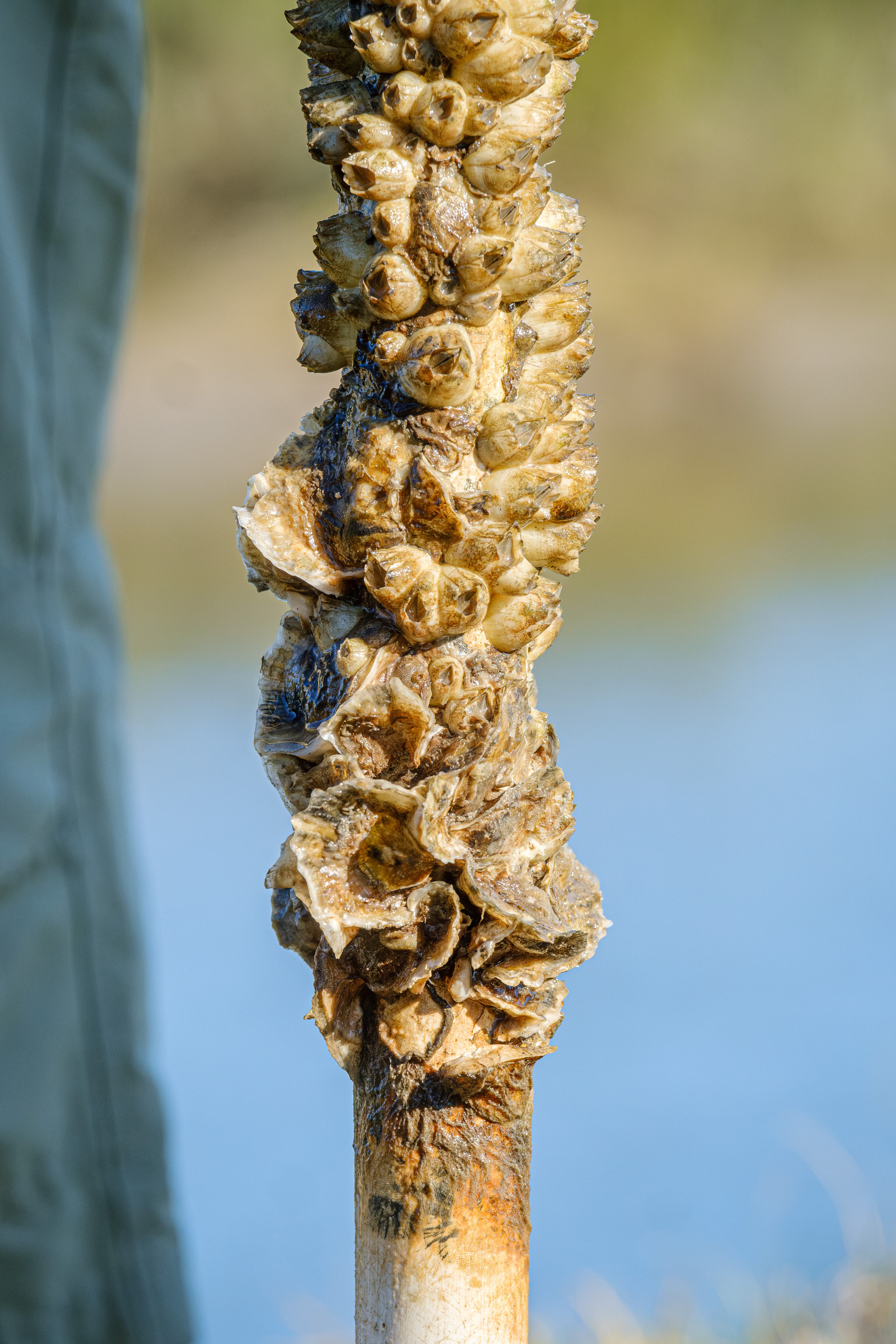
Figuring out where they are most likely to take hold again and possibly build a new protective reef is difficult and messy work.
Trudging through the thick mud in waterproof boots reinforced with duct tape last fall, Heynen, Woodson and Bailey set out to find out how messy.
As they stepped over tall Spartina grass along one of Sapelo‘s tidal creeks, Woodson carefully scaled an embankment, pulling a white PVC pipe loose from the muck below.
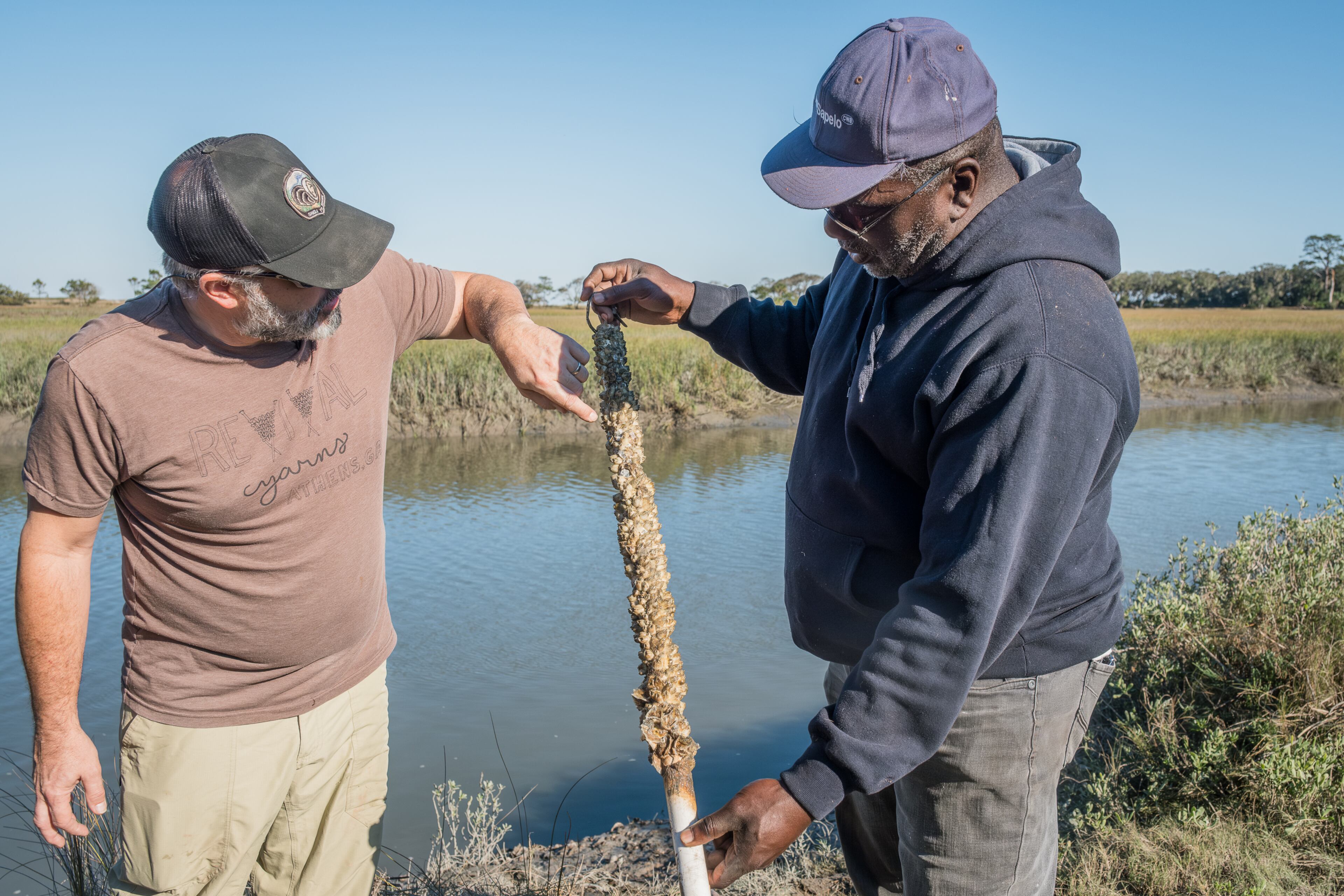
Most of the pipe was covered in barnacles, but among the clinging crustaceans were a few juvenile oysters, called spat. It’s a good sign, Woodson and Heynen said.
Since last year, the team has placed “spat sticks” like this around the island, trying to pinpoint where oyster larvae tend to float in the tidal waters — and where reef reseeding is most likely to succeed.
“If the babies don’t come in and attach to the oysters to help it grow, then the reef we build is just going to die — or be buried in sediment,” Woodson said.
‘It’s a lived experience’
Humans and oysters have a long history on Sapelo.
The island is home to several ancient mounds of oyster shells, bones and artifacts created by Native Americans roughly 3,000 to 4,000 years ago.
To this day, they are an important part of Gullah Geechee food traditions.
On top of the scientific data the researchers are collecting, the project will rely heavily on locals’ know-how to scout reef locations. Generations of Gullah Geechee people have harvested oysters, and the researchers plan to incorporate their understanding of the environment to identify where the bivalves have historically clustered.
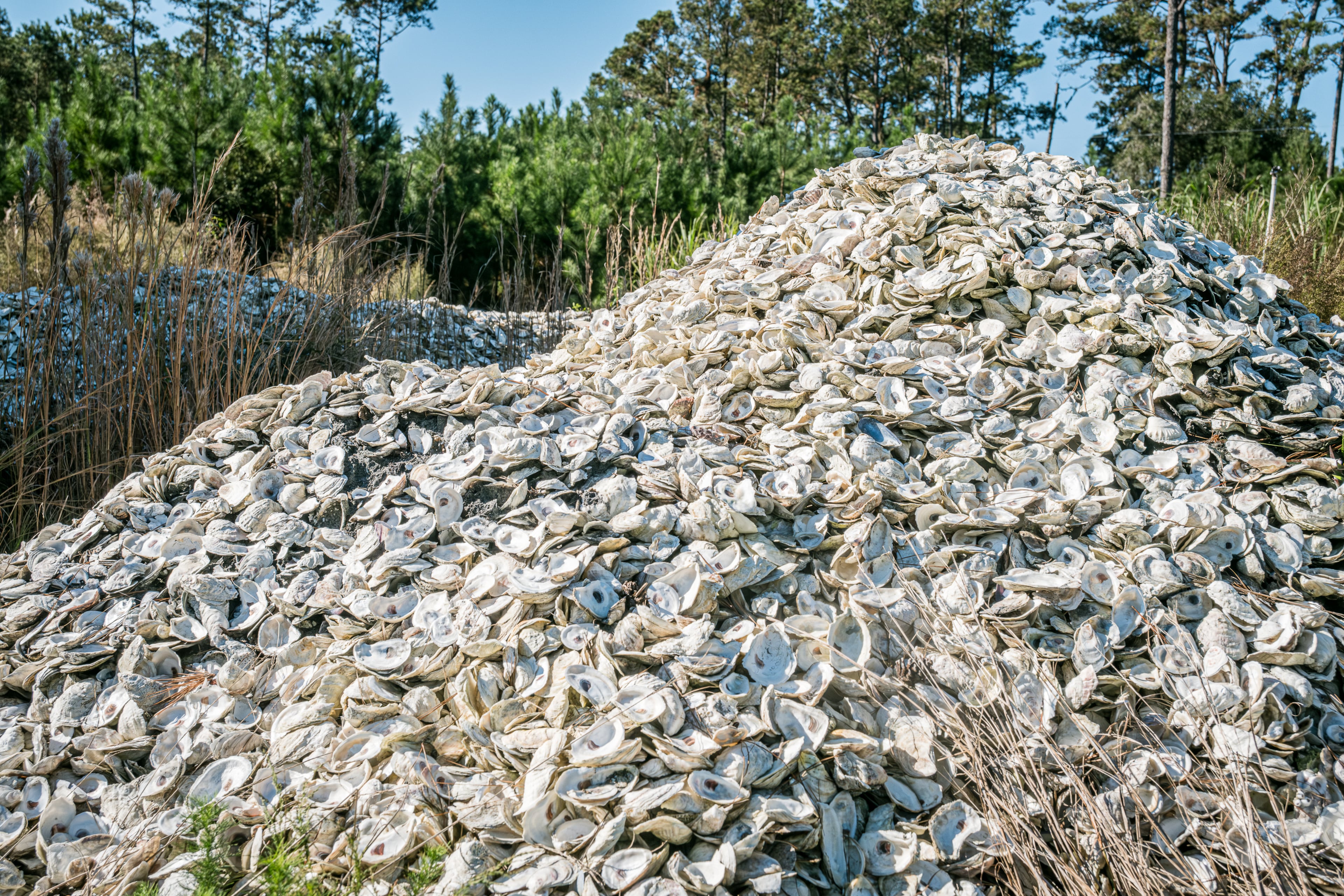
“They (Gullah Geechee people) have a deeper knowledge than many people do, because they had to,” said Heynen, the UGA professor. “It’s not a book knowledge, like I have. It’s a lived experience.”
Baby oysters are more likely to succeed with a safe place to attach and grow, and nothing offers a better home than an existing oyster shell.
The shells the reef restorations will use also have a Georgia tie. Shell to Shore — a nonprofit that works with restaurant partners in Atlanta, Athens, Augusta and Savannah — is donating the shells it collects from eateries to the effort.
“Our goal is keep them out of the landfill first and then get it back to the coast to be used in these kinds of restoration projects,” Shell to Shore President Hunt Revell said.
Oysters aren’t the only solution the team is exploring to mitigate flooding.
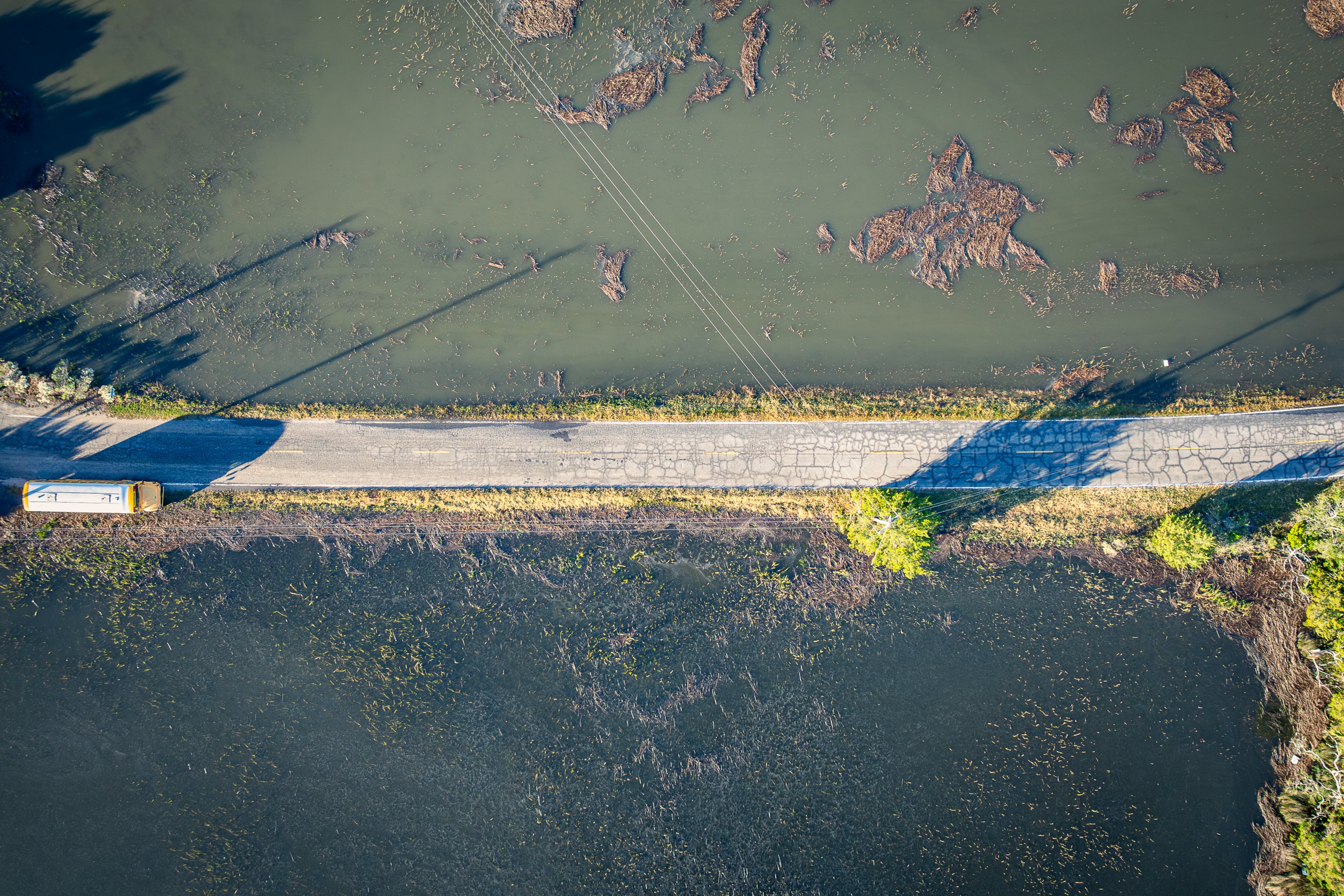
Lining the dirt roads leading in and out of Hogg Hummock is a web of drainage ditches built during Antebellum times to drain the land for agriculture. But over the decades, the canals have fallen into disrepair.
When the highest tides come in today, water rushes in through the ditches, worsening the flooding in Hogg Hummock and wreaking havoc on residents, whose ancestors were forced to dig the channels.
Heynen and Woodson said they want to study water movement through these ditches and explore tide gates and other interventions to aid the flow.
‘We still find a way’
The rising tide isn’t all that ails Hogg Hummock.
Hogg Hummock also been gripped by a tense clash over a rezoning measure that would green light larger homes to be built in the historic community.
In 2023, commissioners in McIntosh County — which includes Sapelo — voted to increase the allowable square footage in Hogg Hummock from 1,400 square feet to 3,000 square feet.
Fearing the change could transform the community into a vacation destination, Sapelo‘s Gullah Geechee organized a citizen’s referendum to decide the issue. But last fall, a judge stopped it, ruling that holding the vote was at odds with the state’s constitution.
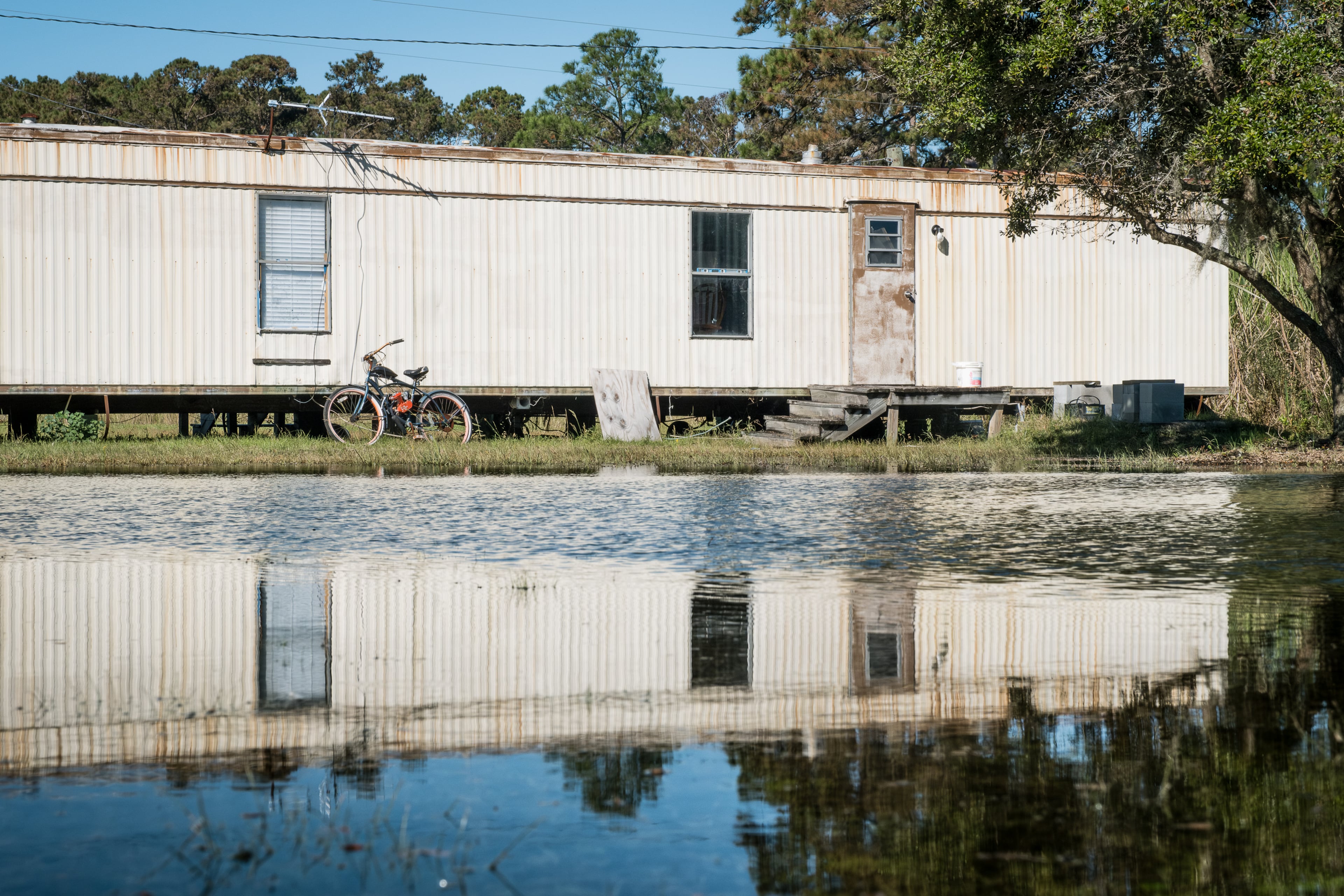
Sapelo‘s Gullah Geechee appealed and have taken their fight for the referendum all the way to the Georgia Supreme Court. In April, the justices heard oral arguments and have until Nov. 18 to rule.
Bailey said the battle to save Hogg Hummock has gotten more difficult lately.
But what he says he is doing is what generations of “proud,” “resilient” Gullah Geechee people have done: fight to preserve their land and culture.
“We’ve been through a lot, but we always come back out on top,” he said. “No matter what people throw at us, we still find a way to survive.”
— Staff writer Adam Van Brimmer contributed to this report.
— Editor’s note: This story has been updated to correct the name of Maurice Bailey’s nonprofit, Save Our Legacy Ourself.
A NOTE OF DISCLOSURE
This coverage is supported by a partnership with Green South Foundation and Journalism Funding Partners. You can learn more and support our climate reporting by donating at ajc.com/donate/climate.

